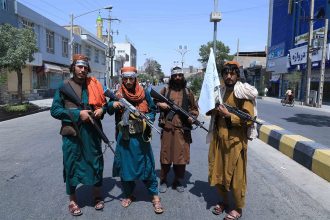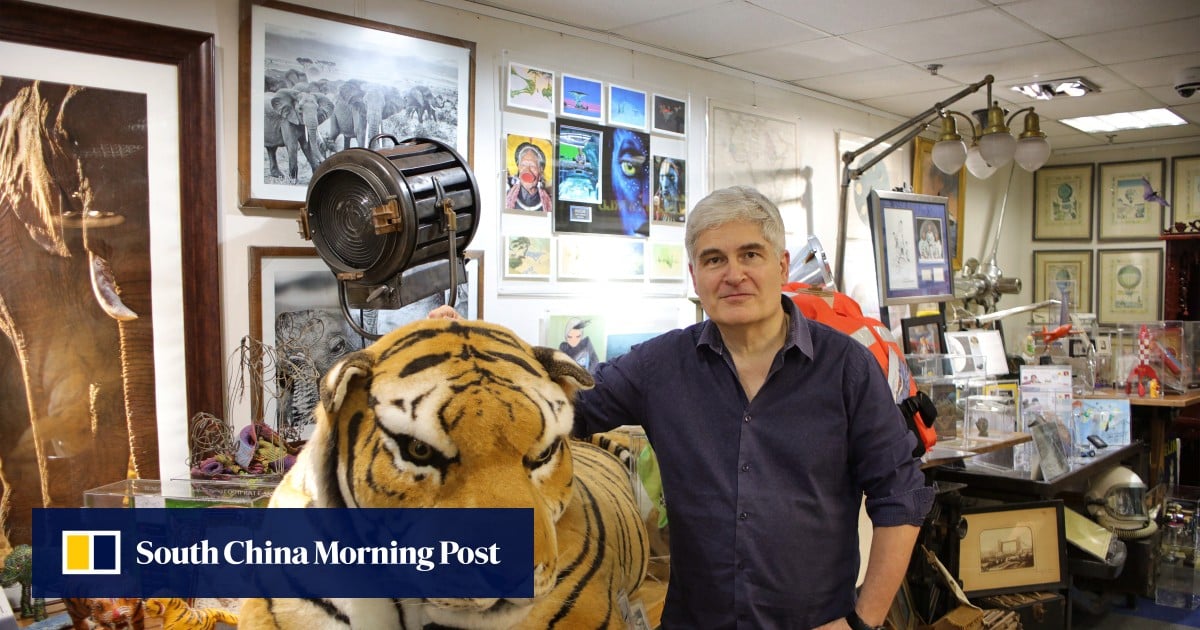Hosting just about everything from a 3.5-billion-year-old rock (from Australia, containing zircon crystals) to modern memorabilia (a book signed by Nelson Mandela, a microphone signed by Paul McCartney, a football from a bombed pitch in Ukraine), the museum is, according to its website, “a mind-blowing educational time machine” with a mission to connect people to the past and persuade them to think about today’s social and environmental challenges, from poverty to climate change.
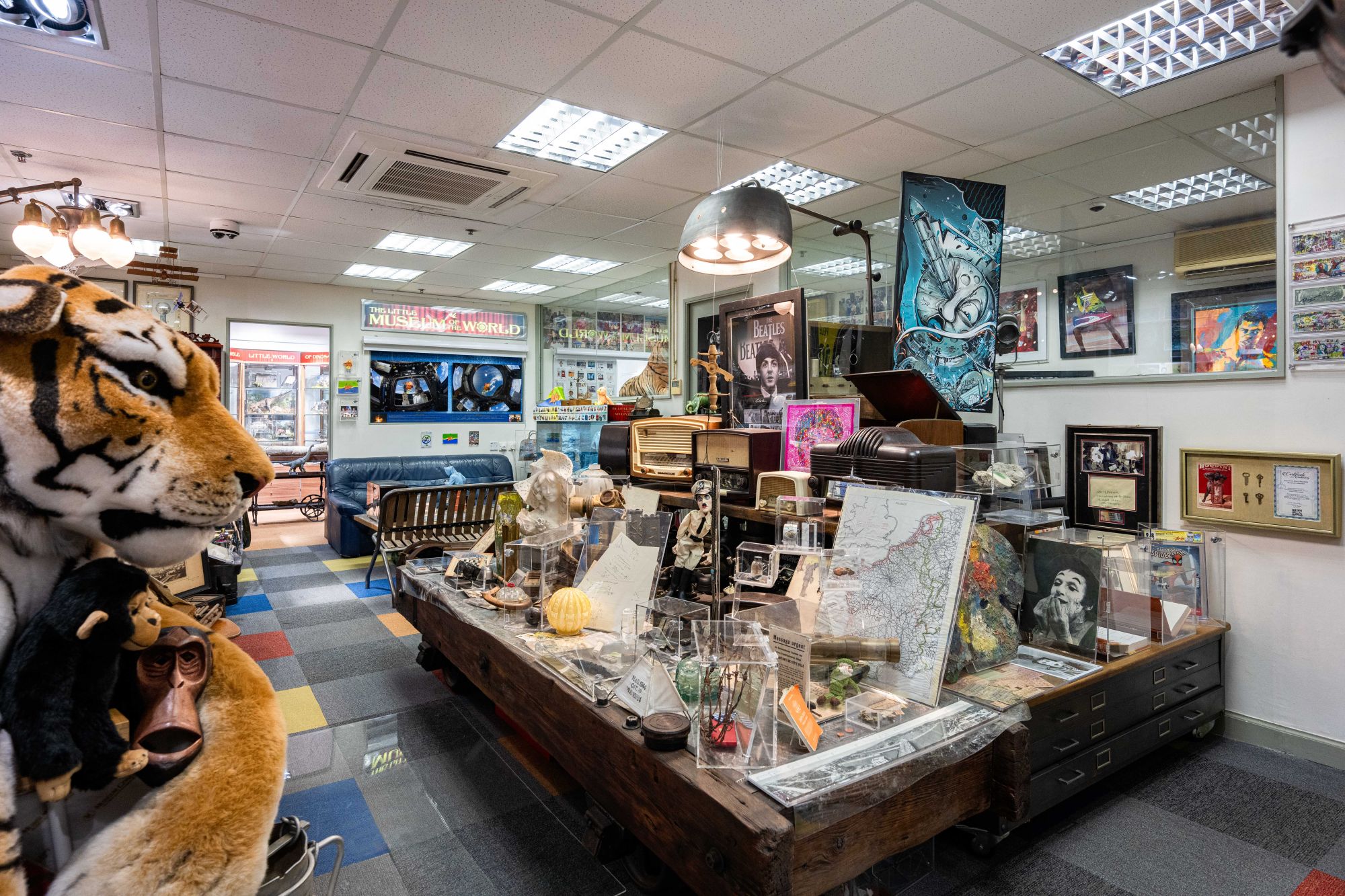
Notably, the collection includes an abundance of curios from across Asia. From Liaoning province, for example, come Oviraptor eggs and a similarly fossilised, 25cm-long juvenile Psittacosaurus, a ceratopsian dinosaur (Psittacosaurus lujiatunensis), both exhibits hailing from the Cretaceous Period (145 million to 66 million years ago).
Two decades or so ago, Pilard established the non-profit organisation Eco-Sys Action Foundation, which supports humanitarian and conservation projects around the world. These have included aiding forest preservation in Sierra Leone and rebuilding classrooms after the 2015 Nepal earthquake. He believes the museum is about action, not just increasing understanding, “because we can’t dream of a better tomorrow if we don’t start to build it now”, he says.
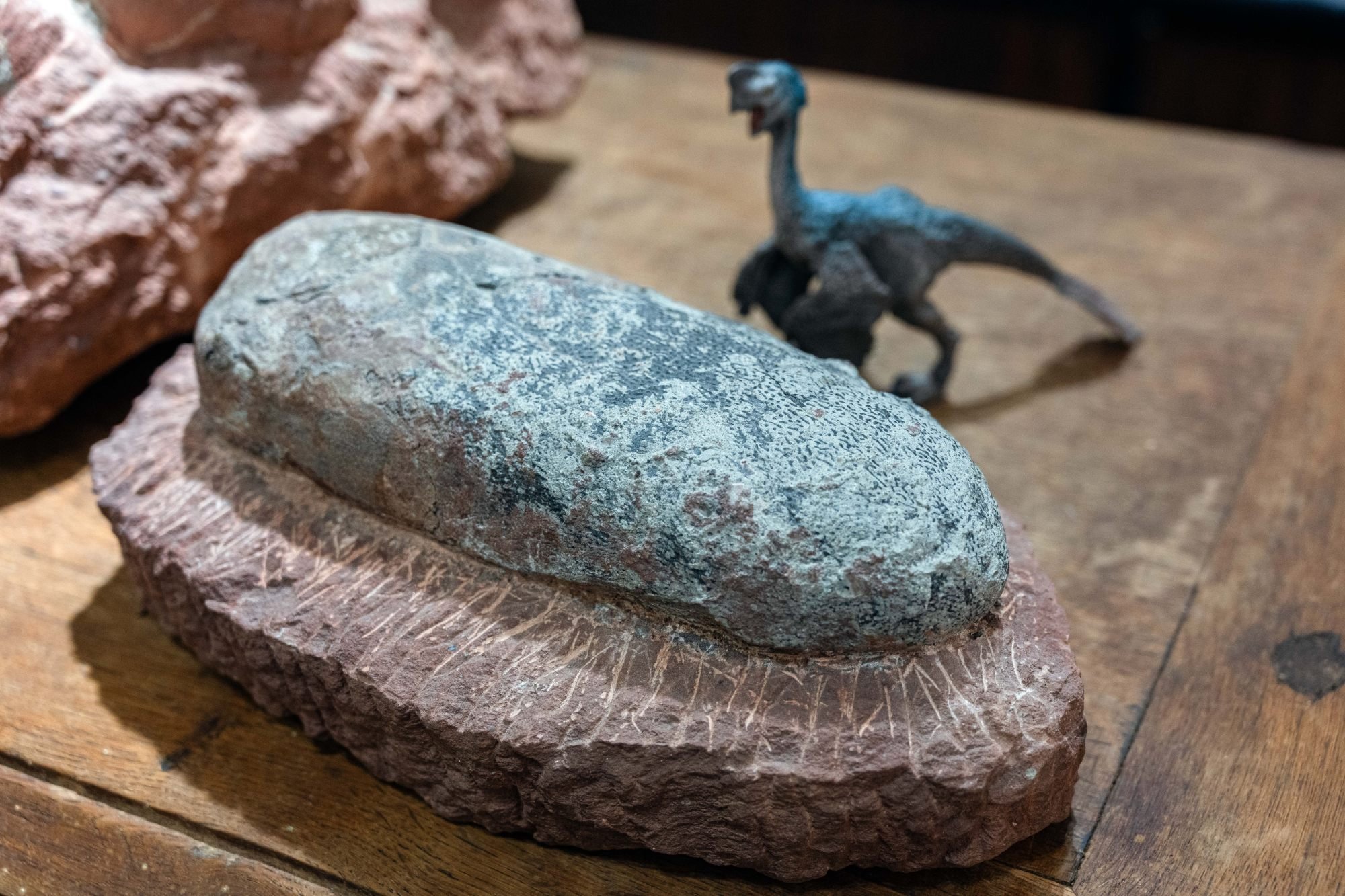
The more the museum grows and the more people pay for guided or virtual tours, the more projects it can support. “The beauty of the world and wildlife motivate me a lot, but children are my main inspiration,” says Pilard. “During my travels I’ve seen children at different social levels and always rejected the easy excuse of saying, ‘That’s the way it is – there’s nothing we can do.’ We can always help more and reduce injustice. Children have the power to change the world. They’re tomorrow’s decision-makers, but they need to be protected and treasured.”
The Little Museum stands inside Chai Wan’s Honour Industrial Centre. “It’s a surprise for people who don’t expect to find such an Aladdin’s Cave at this type of location,” Pilard admits. “The contrast is interesting.” It occupies only 130 square metres; by comparison, London’s British Museum covers more than 92,000 square metres. There is one main room, a sports room and a dinosaur room. “The toilets are some of the most incredible in Hong Kong,” Pilard offers wryly, “with coprolites [fossilised dung] exhibited and a Tyrannosaurus rex [artwork] threatening you from the wall.”
Born in Cherbourg, France, in 1969, Pilard moved to Hong Kong in 1992 for a job with a French consultancy company, “the beginning of a long love story with the city. I never left”, he says. He began working on the museum four years ago, but it is the culmination of a lifelong fascination with geography, wildlife and human history.
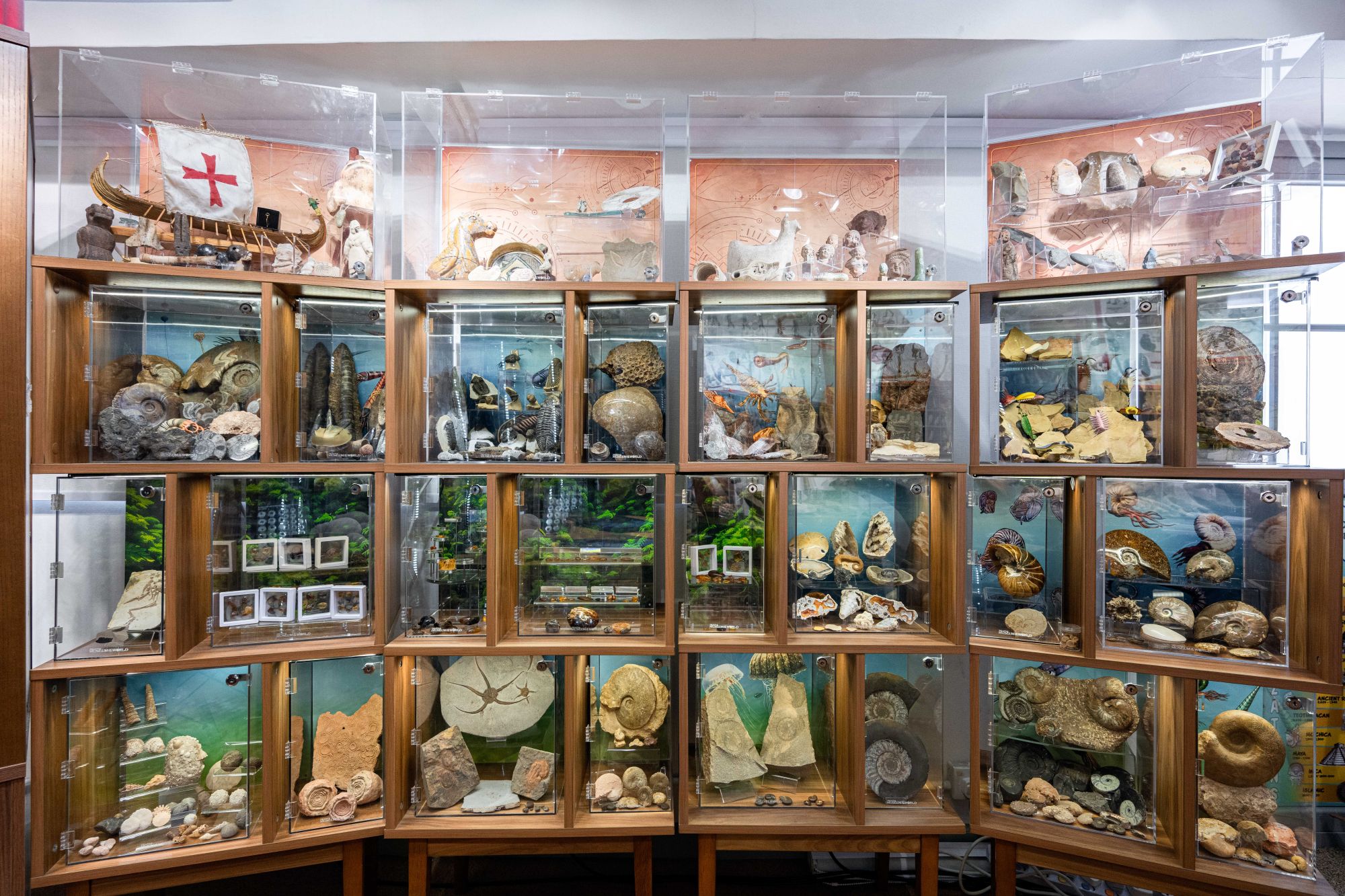
“The museum has been developing somewhere in my mind for most of my life,” he says. “All my passions are gathered in The Little Museum of the World, and all my heart. From a very young age, I started reading newspapers, magazines and books, drawing maps of the world, watching documentaries like Jacques Cousteau’s series and collecting stamps, fossils and postcards. I was totally fascinated by the planet.
“My teenage room in France was full of photos of animals, volcanoes, dinosaurs, astronauts – it was a mini version of the museum. In 1989 I had my first big trip, to Africa, meeting Jane Goodall in Gombe Stream National Park, Tanzania, seeing gorillas in Kahuzi-Biega, climbing the Mount Nyiragongo volcano [in the Democratic Republic of the Congo] and visiting Rwanda and Burundi before the genocides. Later that year, I was in Berlin collecting pieces of the wall.”
The Little Museum draws on a previous Pilard venture called Museum Concept, which he began in 2016. It closed in 2021, owing largely to “social problems in Hong Kong and Covid”, he says, but the two projects had different goals.
“We went from a business selling beautiful items from the past, such as lights from Hollywood and antique tables, to an educational place. We sold Museum Concept’s showroom and reinvested in hundreds of objects for The Little Museum.
“Some are now on show, but the collection has been totally revamped – we had no dinosaur eggs at the time, for instance. What makes the museum look like a time machine is the furniture from Museum Concept, which is now used in displays. Nothing at the museum is for sale now.”
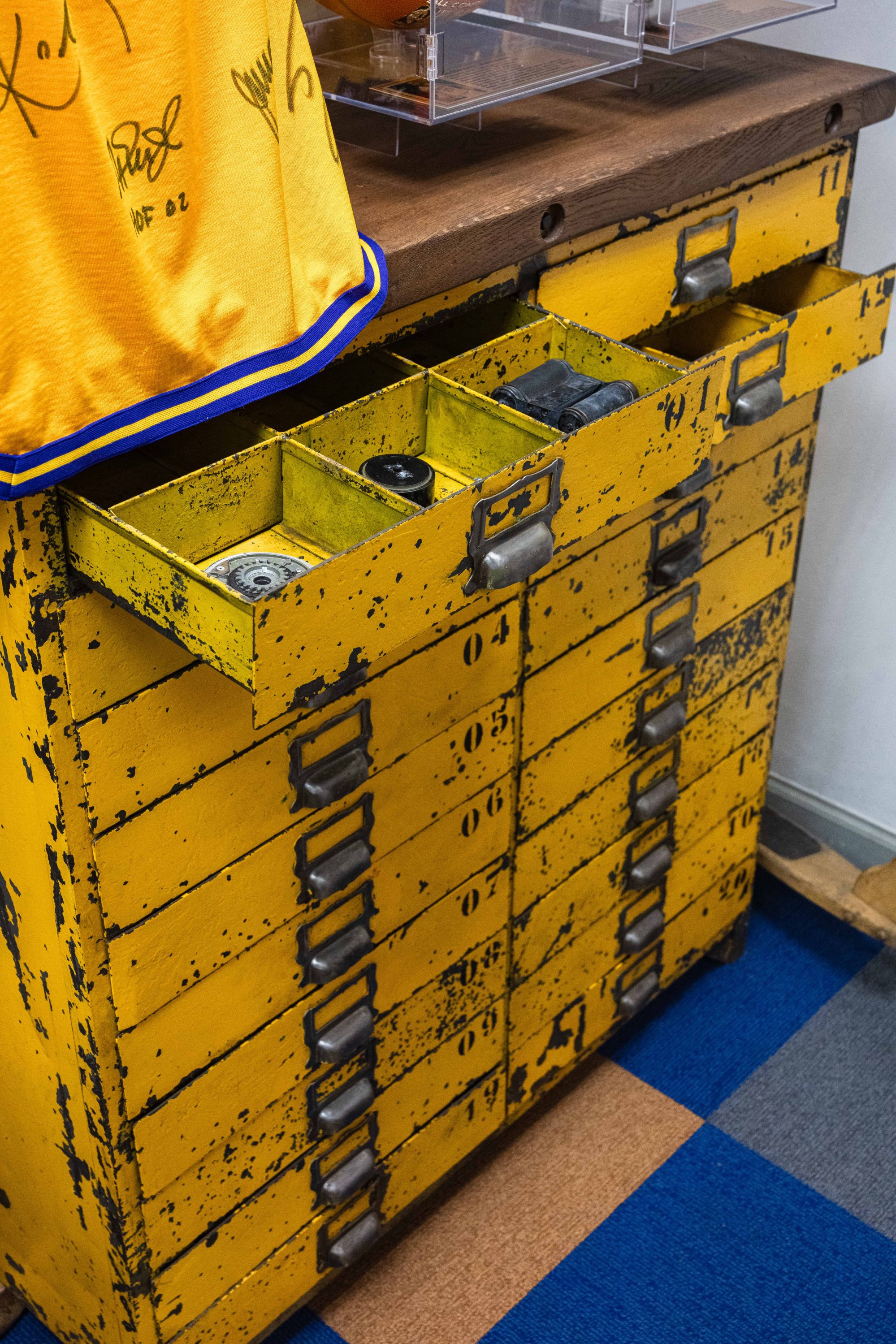
Gathering items for the museum has been a mission. “A few pieces, including some of the fossils, come from my private collection. The vast majority have been curated from all over the world, always from verified sources,” adds Pilard, who remains on guard against potential scammers.
“I purchased the objects from a wide range of people, some at auctions, sometimes on the internet or at specialist markets. One common thing is that I have always gone through some of the very best specialists. At auctions, we buy only if something is verified.
The sourcing has been exhilarating. I had the [museum] story and themes in mind. It was like Christmas every day as deliveries kept coming to my home from all over the world; like a puzzle taking shape, piece after piece.
Christian Pilard, The Little Museum of the World founder
Other items with Asian provenance include seals presented by Chinese villagers to Dr Henry Heimlich, the man behind the Heimlich manoeuvre. As a World War II United States Navy doctor, Heimlich served with Chinese guerillas behind Japanese lines in the Gobi Desert. Close by are volcanic rocks from Japan and a panoramic postcard from Hiroshima sent a month after the bombing. A contemporary reminder of the damage humans are causing to the natural world comes in the form of 10 pangolin scales, given to the museum by Hong Kong’s Agriculture, Fisheries and Conservation Department. Pangolins are one of the planet’s most critically endangered animals, thanks to poaching across Asia and Africa. Their scales are used in traditional Chinese medicine, despite having no medicinal properties: they are made of keratin, the same material as human hair and fingernails.
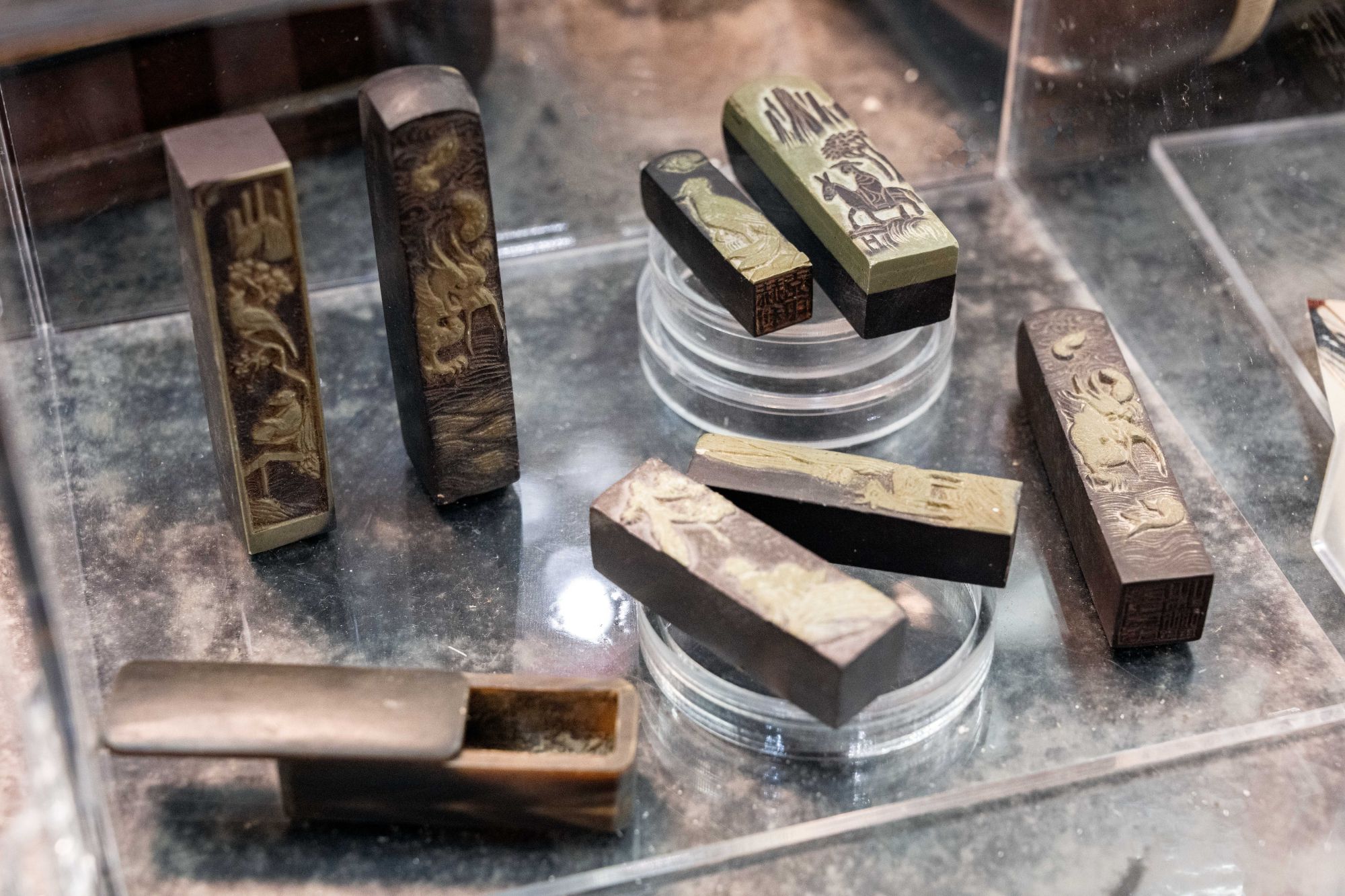
Although some exhibits are valuable, Pilard says that the goal was to find “meaningful items within our budget. I don’t have a personal fortune, unfortunately”. He is especially happy to display an item given to him in 1984 by Sergeant Harry Smith, a World War II veteran who landed on Utah Beach in France on D-Day, June 6, 1944.
“It’s a leather necklace with a turquoise stone, worn on D-Day. He was so happy that we celebrated his birthday when he came to Normandy for the 40th D-Day commemoration. I was a teenager and I proudly wore this necklace when I was younger; to display it now in my own museum of peace and respect means the world,” says Pilard. “For Sergeant Smith, it was like passing on his story, filled with nightmares and hopes, to the next generation. It was also for my mother, who was born on June 12, 1944, next to Camp Patton, under the bombs, while my paternal grandparents hid two Jewish men in their attic. This necklace, which has seen the stupidity of war, has become a messenger of peace.”
The Little Museum contains harrowing reminders of other atrocities, such as the heavy bronze bracelets worn by slaves kidnapped and shipped across the Atlantic from the 16th to the 19th centuries. The museum also reminds visitors that slavery still affects millions of people, human trafficking facilitating forced prostitution and forced labour – of children as well as adults – forced child marriage and child soldier recruitment.
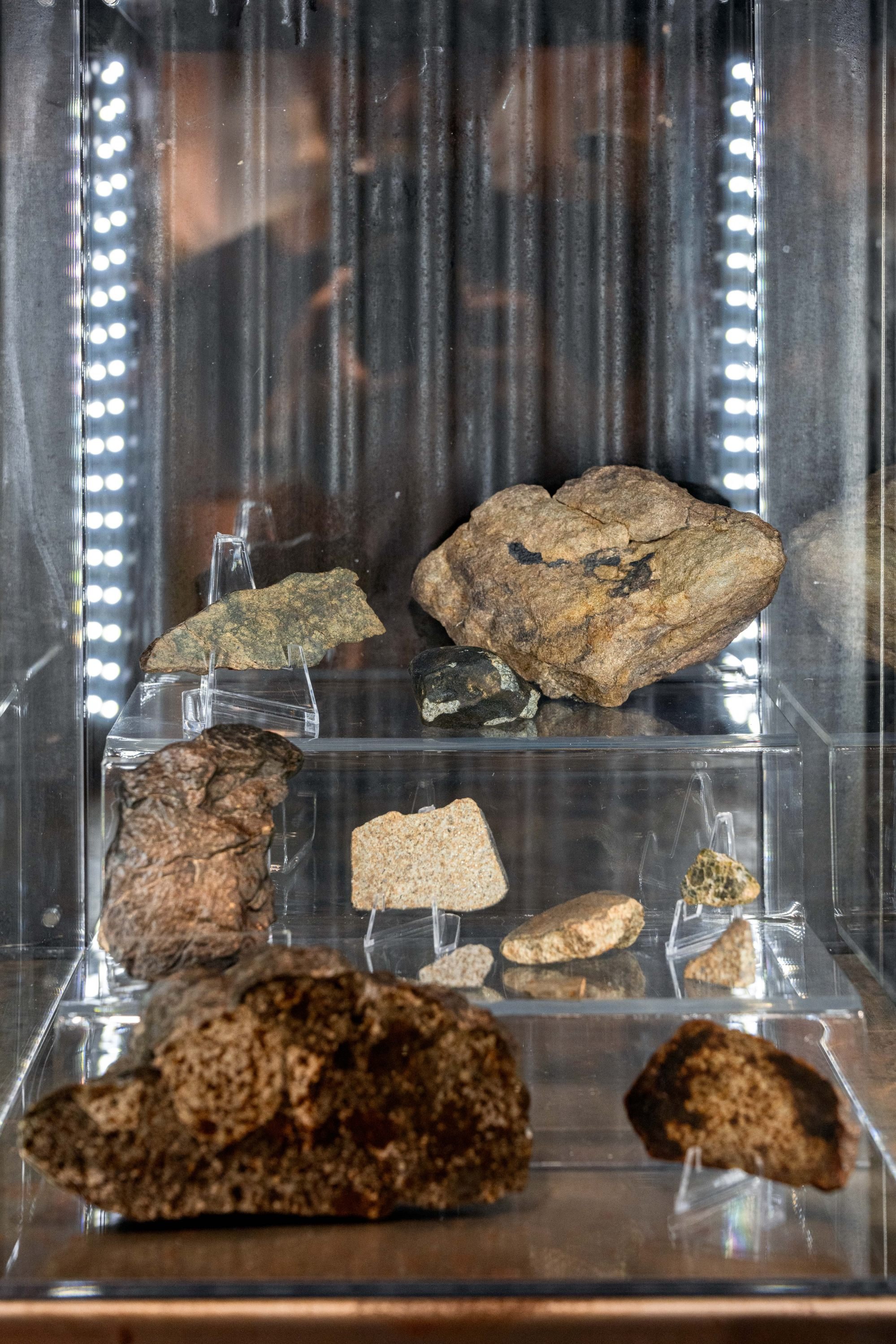
Similarly, on topics from war to climate change, the museum relates the historical to the contemporary. “At the beginning, I was thinking of creating a children’s museum, but I realised adults were also quite estranged from their world, not always connecting history to the present,” Pilard explains. “The idea is to bring a bigger picture, it’s about people thinking in a different way. We are never extreme, we don’t want to take sides in modern wars, but education is what we can [offer]; people can be informed and make up their minds.”
Another moving item is a bright orange life jacket, a symbol of millions of vulnerable migrants, including children, fleeing their homes in search of safety and better lives. It was acquired in 2021 from humanitarian organisation SOS Méditerranée, which has rescued more than 34,000 men, women and children trying to make the perilous crossing from Africa to Europe, and provided medical treatment and psychological care. Last year, an estimated 3,105 migrants died attempting to cross the Mediterranean.
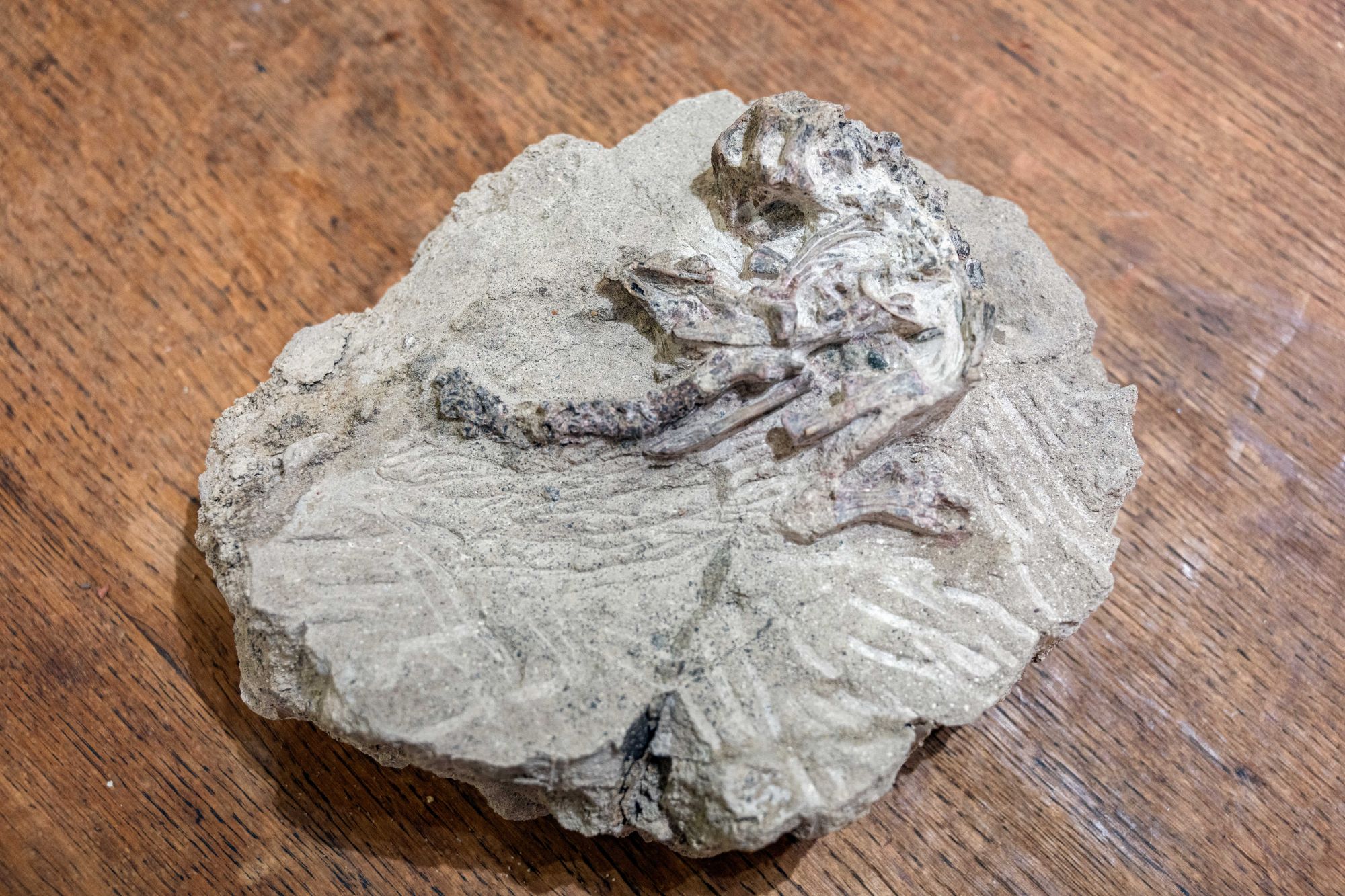
“The life jacket is poignant and humbling,” says Pilard. “I always tell young people coming to the museum that the migrant crisis is going to be the dominant news issue as they grow up, because of war, ethnic displacement, minority discrimination, climate change and economic instability. It’s also one of the most divisive items for visitors at the museum. We ask if the best solution is to reject migrants, treat them like pests and let them drown, or whether there are more humane solutions, where we offer a helping hand.”
A prime museum sports room treasure, meanwhile, is a pair of boxing gloves signed by Muhammad Ali, inspirational because of “his fight for human rights, his hatred of war, his philanthropy and his fight against Parkinson’s disease”, says Pilard. In 1995, post-apartheid South Africans were brought together by the Rugby World Cup. A museum token from that era is a signed photograph of triumphant Springboks captain Francois Pienaar with Mandela.
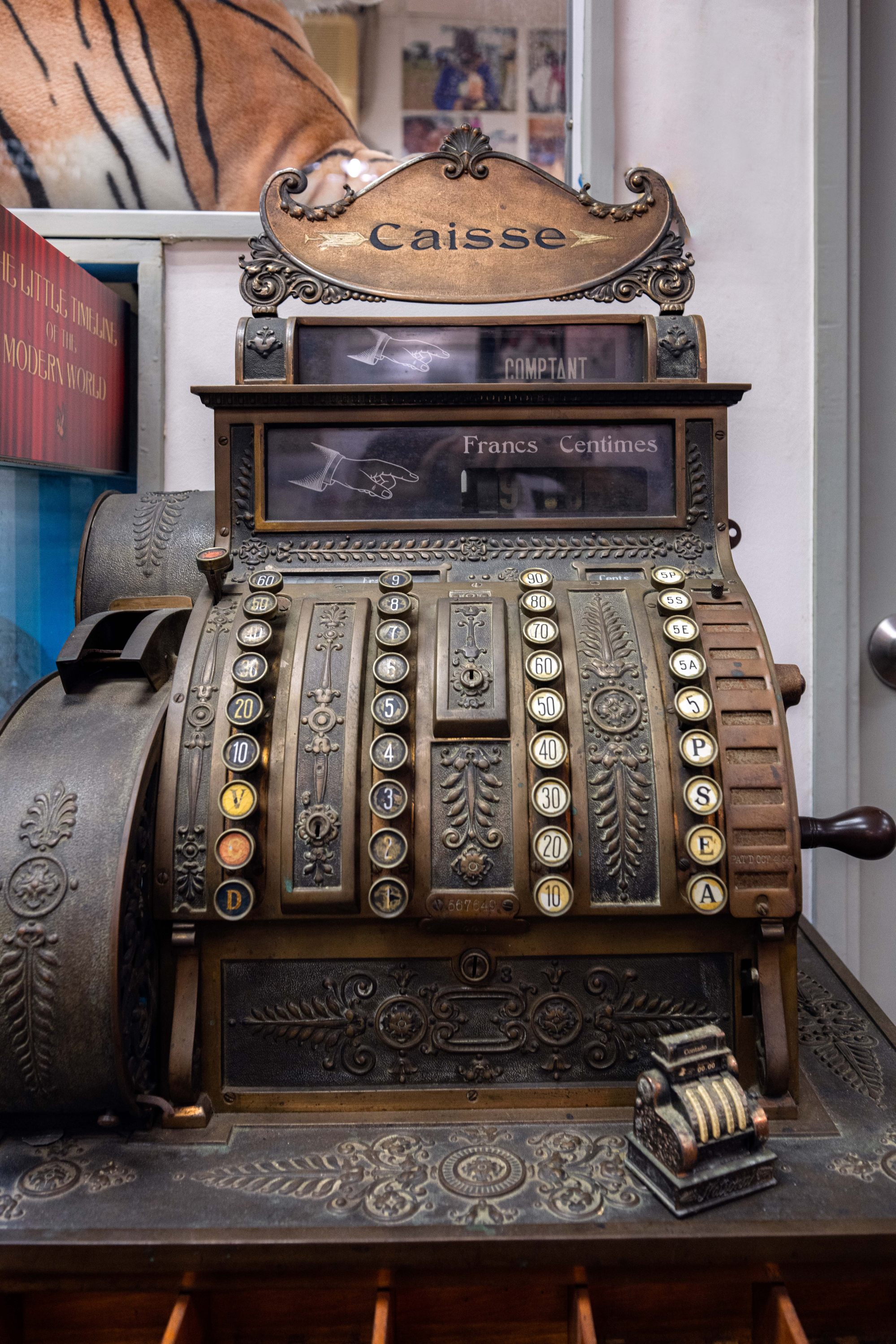
Pilard believes fervently in the power of sport. He is the sporting director of All Black FC, a football team helping refugees and minorities train and play competitive football in Hong Kong. “This team is more than football – it’s a real school of life,” he says. “Formed in 2016 by Medard-Privat Koya and Bidjoua Eustache-Hauvelith, it was initially a team of adult refugees. It has evolved into a club with more than 150 children, many of them refugees and minorities.
“When All Black FC entered the local Yau Yee League a few years ago, they went from the fourth division to the second in two years. One of our players, Jahangir Khan, has been selected for the Hong Kong national team. [But] the children don’t just learn how to play football – they need to get involved in community services, such as helping the elderly.
“It’s a constant struggle to get pitches to train and play on, and to get authorisation to play in Hong Kong Football Association leagues, but the club means a lot to the players. We have big plans, like starting a girls’ team, but we need more sponsors and pitches, which is a major problem in Hong Kong.”
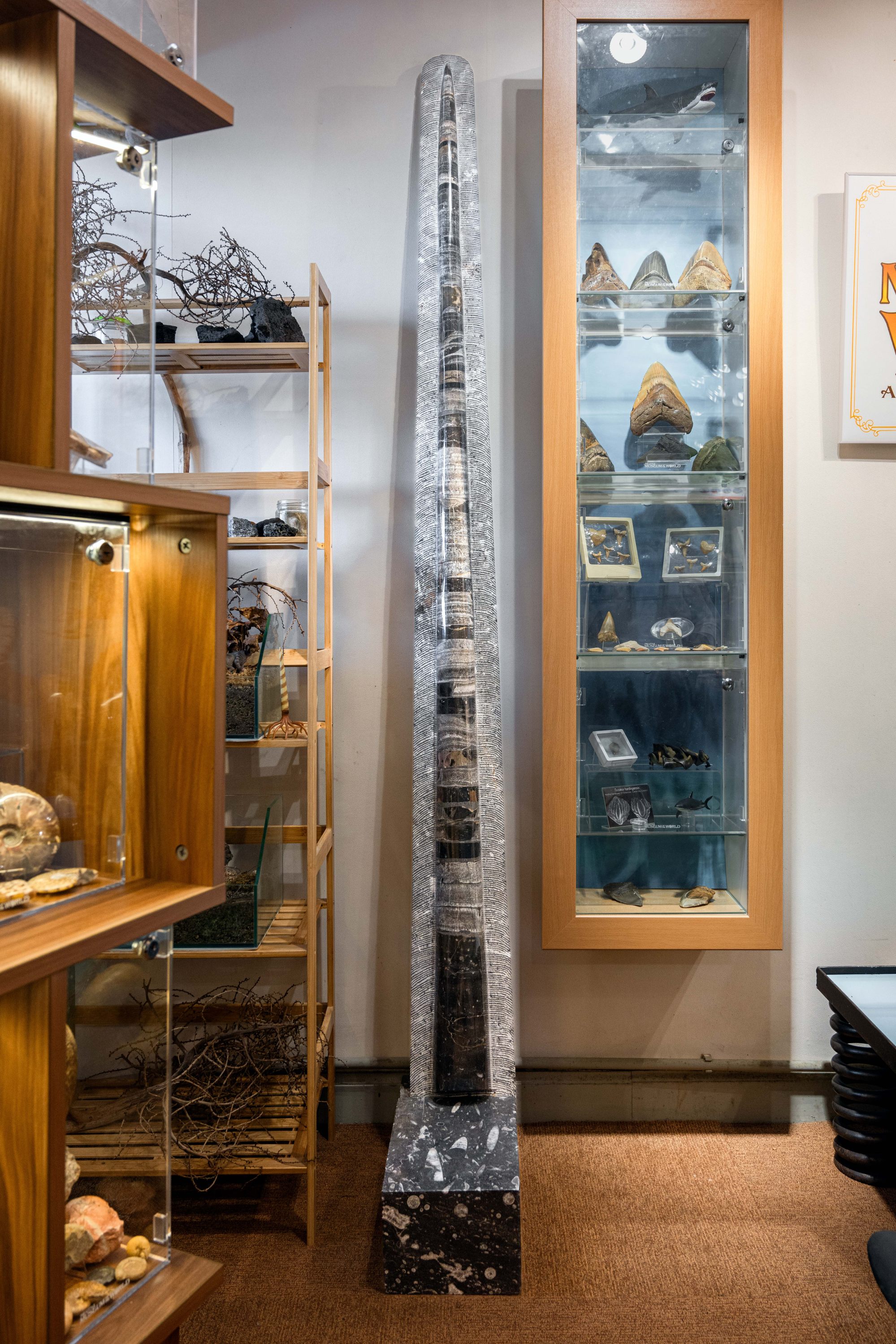
Music and literature, technology and transport are also celebrated at the museum. “We have a model of the 1911 Spirit of Sha Tin Farman biplane, which made the first powered flight in Hong Kong. That’s the life-size version, above the Arrivals Hall at Chek Lap Kok,” says Pilard.
And venturing into space, courtesy of Pilard’s contacts in the cosmonaut community, is Boopy, the orange sparrow he created as a mascot for the Eco-Sys Action Foundation. Photographs show Boopy in cuddly toy form on the International Space Station, having blasted beyond Earth’s confines in 2021, as a symbol of peace, aboard Russia’s Progress MS-18 cargo spacecraft.
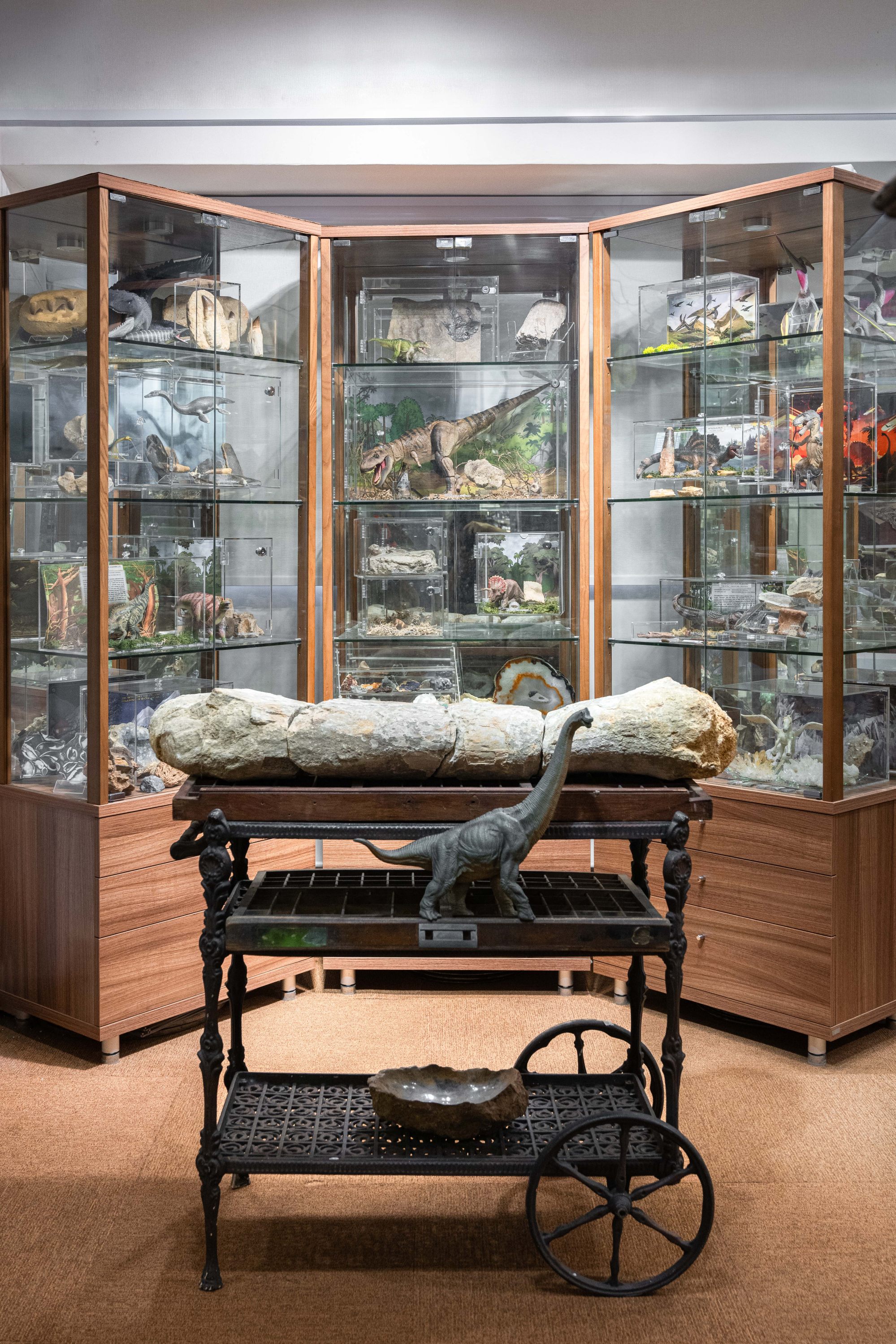
One of the strangest items, according to Pilard, resides in the dinosaur room, alongside an 8cm T. rex tooth. “We have a piece of genuine woolly mammoth’s skin with fur – so visitors can pet a mammoth,” he says. “It comes from the Russian Arctic. It not only tells us about the Ice Age, the disappearance of the mammoths and why we need to protect our elephants, it also gives us the opportunity to talk about global warming. If we’ve been able to acquire this piece, which is over 20,000 years old, it’s because the Arctic’s permafrost is melting rapidly, just like ice and glaciers worldwide. Carcasses of mammoths, cave bears, wolves and more ancient wildlife are now being retrieved regularly. It’s truly alarming.”
Reflecting on the museum’s objectives, Pilard says: “We want people to understand where we all come from and the beauty of our planet, but also its fragility. And [consider] past mistakes leading to atrocities we should not see any more, like slavery, wars, racism and environmental destruction.
“A museum that explains the world and cares for it – that’s what The Little Museum of the World is all about.”
Museum tours are available throughout the week but must be booked in advance. Prices for adults, children and families vary. See littlemuseumoftheworld.com.


